SMAC - TRENDS DETERMINING THE FUTURE OF ICT
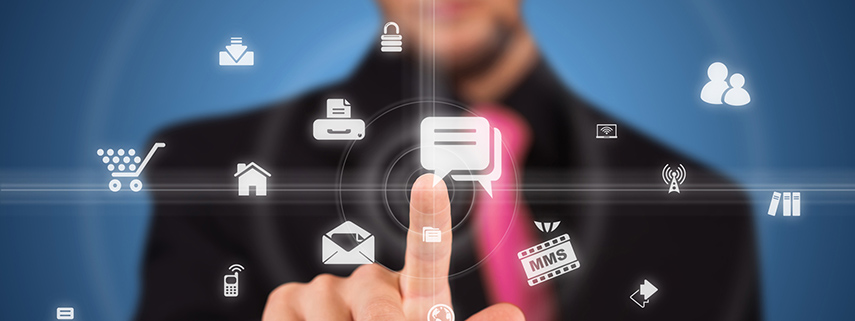
This term is an acronym coined from the initials of the English words for the four forces that will determine ICT in the next decade: social, mobile, analytics and cloud. It means a new combination of products and services to which an increasing number of companies adapt in order to be able to provide an efficient and forceful user experience.
To demonstrate this with an example, let us examine Netflix entertainment industries. Netflix implements its recommendation system with the help of sophisticated analysing algorithms used to forward custom-tailored offers to the user. Users can watch films streamed from the cloud to various devices (TV, tablet, telephone), and share their experiences on social spaces. They can do all this in the framework of an integrated service.
These components could also be accessible separately, the essence of SMAC stack is that the four areas collaborate: the new functions build on each pillar in a premeditated way. For example, the new opportunities ensured by a mobile devices allow more detailed data collection, which in turn is made possible by the availability of cloud capacities, and the latter form the basis of analyses performed to provide deeper customer experience and can be promptly integrated into social channels. Thus in the course of developing application/service and the integration of new functions, the four areas are interdependent, support one another, improvement in one creates opportunities in the other, and thus they cannot be managed completely separately.
SMAC-stack and corporate IT
Here is an example: the purpose of corporate IT has always been, and will presumably remain to be, the best, fastest, safest and most cost-efficient satisfaction of the demand from the company’s external and internal users. But what would happen to an average company today if it so happened that overnight they had to meet the requirements of 100-150 new employees or 1000-1500 new customers? Each of them has his own computer environment, which means that different software tools and functionalities may be needed. This would be quite a challenge! But what happens in the case of a SMAC infrastructure?
The combination of mobility and the cloud give a uniform and easy-to-calibrate basis. On the user side it is not subject to any device or operating system, thus it can satisfy diverse requirements.
The social solutions integrated with applications enable communication and sharing between the users. In addition to mobility, this gives a special driving force in the efficiency of work.
Due partly to mobility and partly to social activities, a huge amount of data is accumulated in the cloud in relation to the performance of work. Not only the volume, but also the character and use of these data differ from those of the usual record-like data generated in operating systems (Big Data). For the company (and its IT) their analysis, however, yields information that can be used as a basis of fine-tuning its services easily.
To sum it up: SMAC makes the corporate IT leaner, faster and smarter.
Back
Sympo2014logo
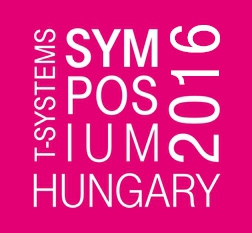
Event Partners
Diamond level partner

Emphasized technological partner

Gold level partners
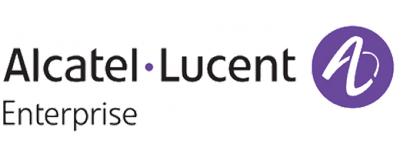


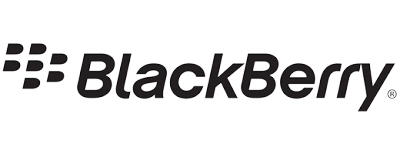

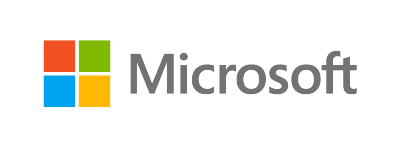


Emphasized international partner
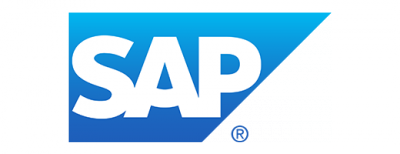
Silver level partners
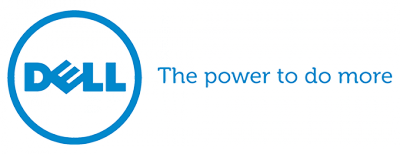
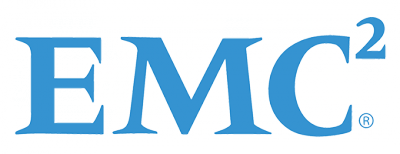

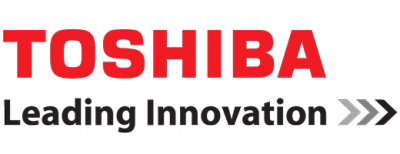
Professional partner
Professional partner

Collaborator partners
Collaborator partners
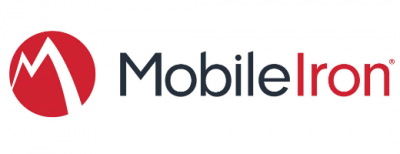
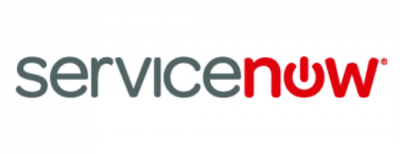
Strategic media partners
Media partners








